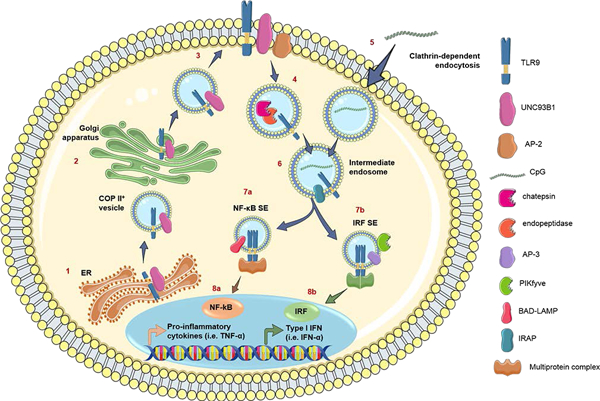Figure 2. TLR9 intracellular trafficking and pathway.

At steady state, TLR9 co-localizes to the ER with UNC93B1 (1). TLR9 follows the secretory pathway through the Golgi (2) to reach the plasma membrane (3) via COPII+ vesicles. TLR9 is endocytosed in a clathrin-dependent manner via AP-2 to enter the endolysosomal system, where acidification of the endosomes allows proteolytic cleavage of TLR9 by cathepsins and endopeptidases (4). In parallel, the TLR9 ligand, CpG, is endocytosed in a clathrin-dependent manner (5) and meets its cognate receptor (6). Here, the pathway bifurcates. IRAP+ early endosomes carry both TLR9 and CpG, and the presence of this aminopeptidase results in reduced immune activation, as IRAP interacts with actin-nucleation factors to slow TLR9 trafficking to the late endosomes. In human pDCs, BAD-LAMP facilitates the trafficking of TLR9 and CpG.
